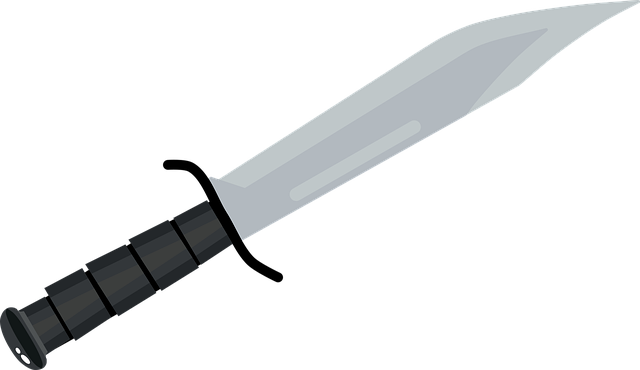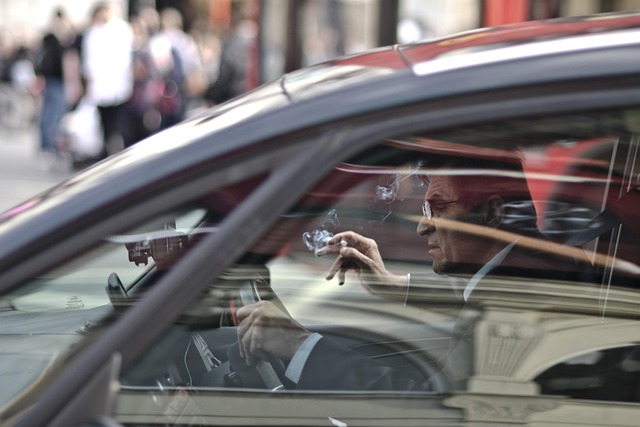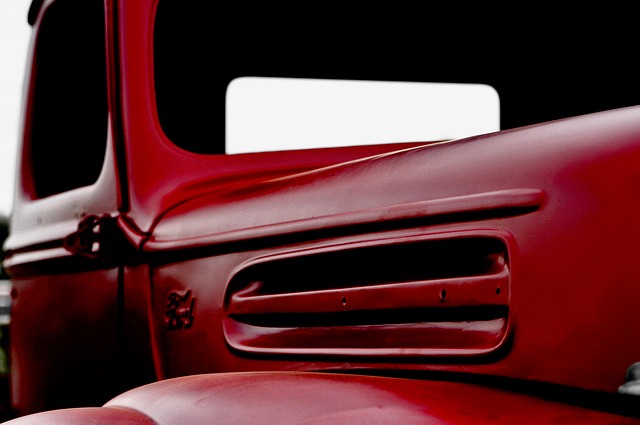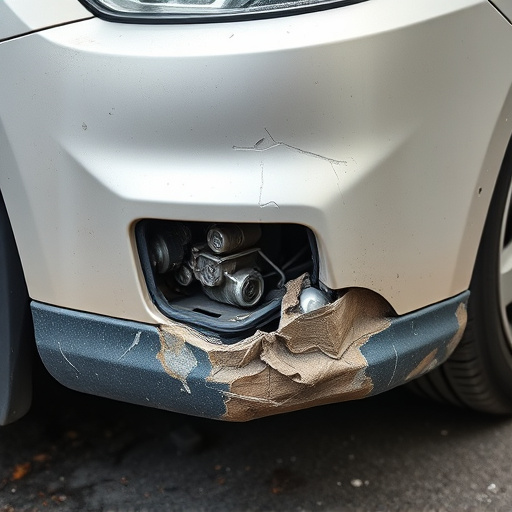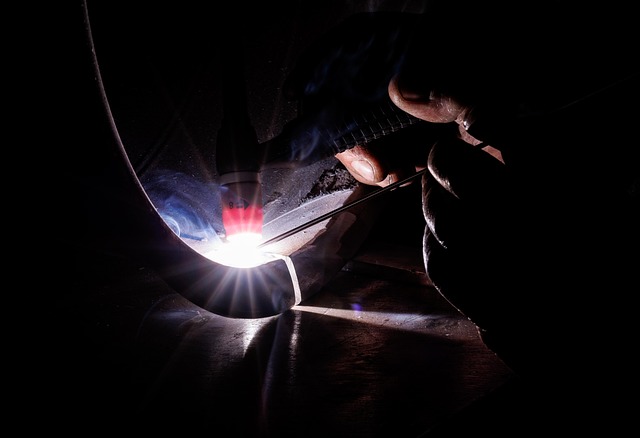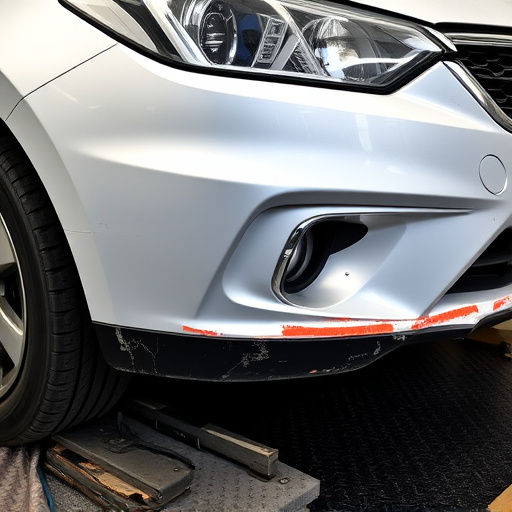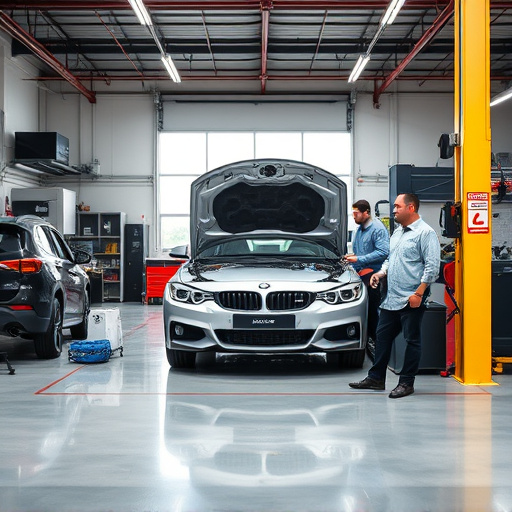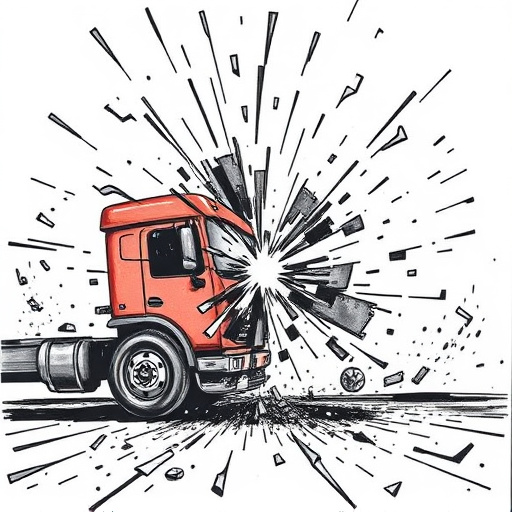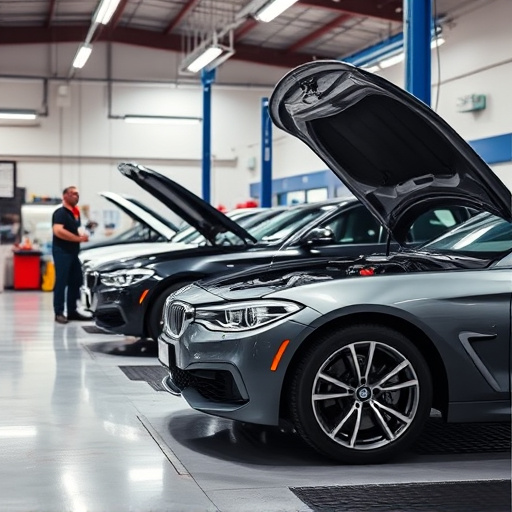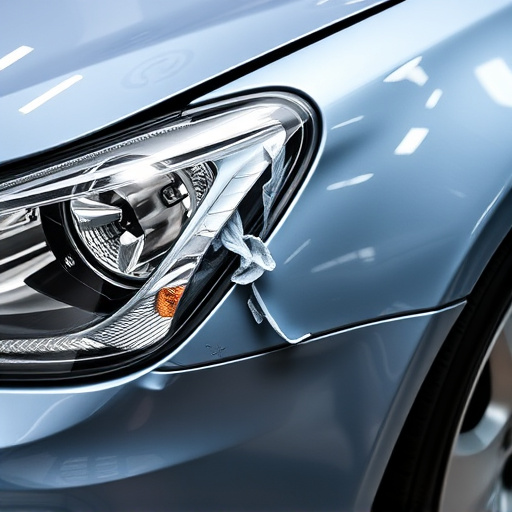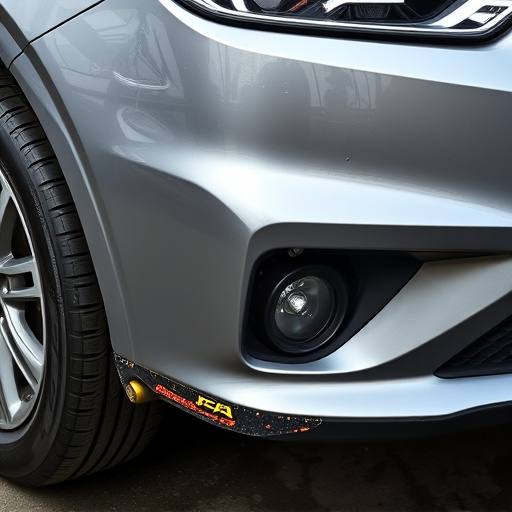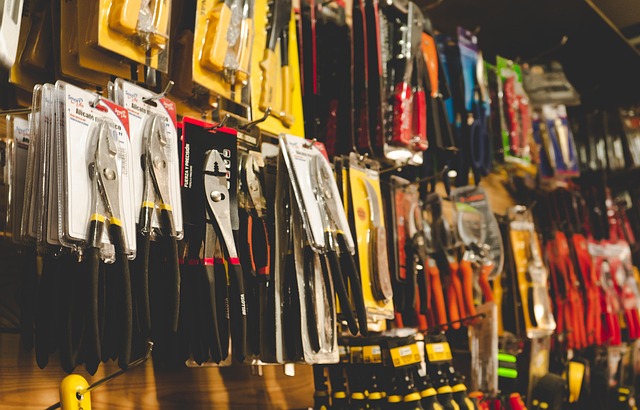Collision repair certification ensures professionals meet rigorous training standards in materials, techniques, and safety protocols. They employ advanced technologies like CAD and paintless dent repair for precise panel restoration. Certified technicians adhere to strict industry standards, offering faster turnaround times, fewer errors, enhanced safety, and cleaner workspaces, ultimately boosting customer satisfaction.
In the world of automotive restoration, certified collision repair stands out as a game-changer. This specialized service, distinct from standard work, ensures superior quality and safety through rigorous certification standards. Understanding these criteria is key to appreciating the advanced techniques employed and the unparalleled assurance it offers customers. From precise alignment to top-tier finishes, collision repair certification guarantees vehicles not just fixed, but restored to their original condition.
- Understanding Collision Repair Certification Standards
- Advanced Techniques: The Certification Advantage
- Quality Assurance: Ensuring Customer Satisfaction Through Certification
Understanding Collision Repair Certification Standards
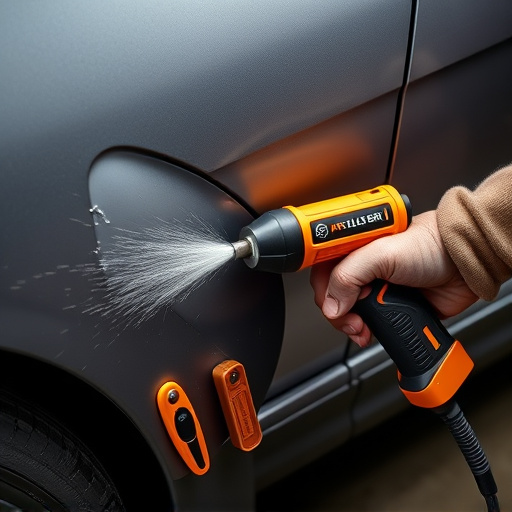
Collision repair certification sets a gold standard for quality assurance within the automotive industry. It’s not just about mastering fender repair; it involves a comprehensive understanding of various aspects, including materials, techniques, and safety protocols. Certified collision repair professionals undergo rigorous training to keep up with the latest advancements in technology and best practices.
This certification ensures that a collision repair shop is equipped to handle complex repairs accurately and efficiently. It involves not just surface-level fixes like painting and detailing but also structural integrity assessments, frame straightening, and precision alignment. Moreover, certified technicians adhere to strict environmental standards, utilizing eco-friendly materials and processes, which is a crucial aspect in today’s conscious consumer market.
Advanced Techniques: The Certification Advantage
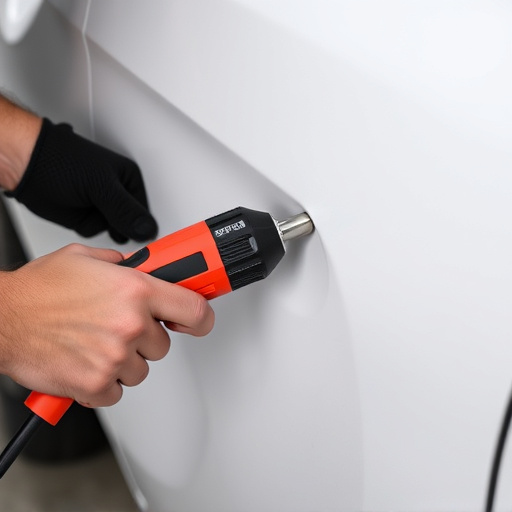
Certified Collision Repair professionals employ advanced techniques that set them apart from standard automotive body shop repairs. This certification requires specialized training and knowledge in a range of state-of-the-art methods designed to fix car scratches, dents, and other damage with precision and expertise.
For instance, modern collision repair involves computer-aided design (CAD) technology to accurately measure and match vehicle panels, ensuring seamless integration post-repair. It also encompasses advanced paintless dent repair techniques that avoid extensive repainting, preserving the original finish of the vehicle. These methods, when mastered by certified technicians, result in superior restoration quality for every automotive repair, be it a simple car scratch repair or complex bodywork damage.
Quality Assurance: Ensuring Customer Satisfaction Through Certification
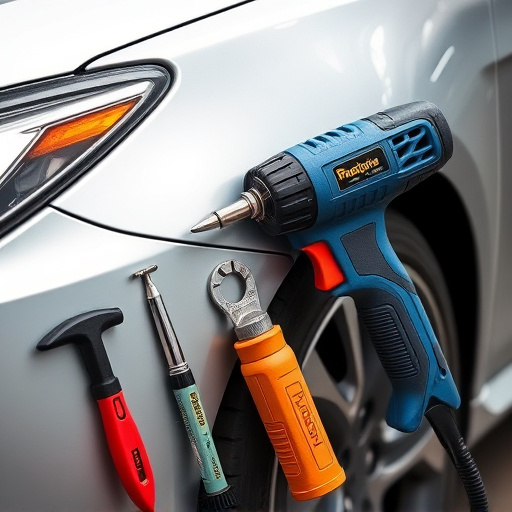
Collision repair certification is a cornerstone for any reputable auto body repair or car body shop. It’s not just about mastering techniques; it involves a rigorous process that ensures quality assurance. Certified collision repair technicians are trained to meet specific industry standards, ensuring each repair job is of the highest caliber. This commitment to excellence translates directly into customer satisfaction.
When you choose a shop with collision repair certification, you’re choosing a team dedicated to restoring your vehicle not just to its pre-incident condition but surpassing expectations. They employ advanced techniques and technologies, follow strict safety protocols, and maintain a clean, organized workspace—all hallmarks of a professional auto collision center. This level of expertise means fewer mistakes, faster turnaround times, and peace of mind knowing your car is in capable hands.
Collision repair certification is more than just a stamp of approval; it’s a commitment to excellence. By adhering to heightened standards, certified technicians ensure that vehicles not only look good but also perform optimally. Through advanced techniques and rigorous quality assurance, certification sets a benchmark for reliable and safe collision repair, giving car owners peace of mind and top-notch results.
